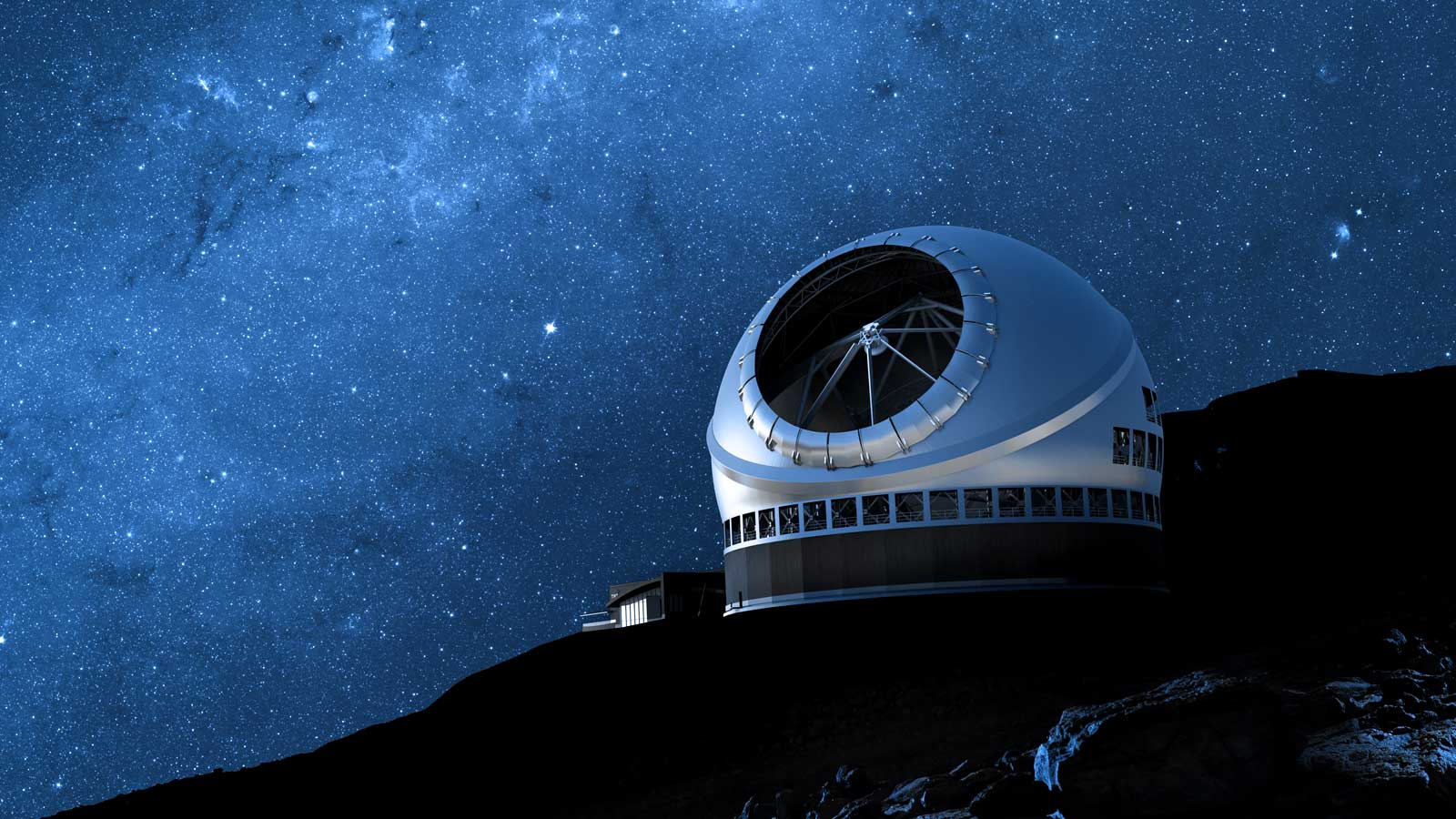
TIO was excited to join the American Astronomical Society at #AAS244 in Madison, Wisconsin. TIO teamed up with GMTO and NOIRLab from 9–13 June to present the US-ELTP program and update.
The international research symposium "ELT Science in Light of JWST" took place at Tohoku University in Japan, from June 2 – 7, 2024. Scientists and researchers reviewed and highlighted recent JWST discoveries, and examined their implications for the scientific operations, instrumentation planning, and user services of ELTs.
The international research symposium "ELT Science in Light of JWST" took place at Tohoku University in Japan, from June 2 – 7, 2024. Scientists and researchers reviewed and highlighted recent JWST discoveries, and examined their implications for the scientific operations, instrumentation planning, and user services of ELTs.
Warren Skidmore, TIO system scientist, participated in the second of three meetings on ELT Science in Light of JWST, a full week meeting in Sendai, Japan. He presented a poster on the Detailed Science Case development, science flowdown to requirements, traceability and key performance parameters.
An artist's rendering shows the US-ELTP Thirty Meter Telescope (TMT) on the left and the Giant Magellan Telescope (GMT) on the right, both featuring their laser guide stars activated.
TMT’s MODHIS team and reviewers during the MODHIS Midterm Conceptual Design Review, Pasadena 30 January 2024.
TIO participated in the 243th American Astronomical Society (AAS) meeting, a major international organization of professional astronomers organized recently in Louisiana. Collaborating with its United States Extremely Large Telescope Program (US-ELTP) partners, including the Giant Magellan Telescope and NSF’s NOIRLab, TIO shared a spacious booth and showcased its collaborative operations within the US-ELTP. During the conference, the partnership shared updates on the work being done and hosted a successful US-ELTP Open House.
On 11 December 2023, Professor Dimitri Mawet, from CALTECH, presents MODHIS, the high-resolution infrared spectrograph currently in development as one of the first light instruments for TMT. As the Principal Investigator of MODHIS, Mawet provides a comprehensive overview of its current design, highlighting the main science goals expected to be achieved by the instrument.
Rendering of the completed Thirty Meter Telescope after sunset.
Saeko Hayashi (TMT/NAOJ) and Takashi Nakamoto (TMT/NAOJ) described the design of the M1 segment, its support structure, and associated control systems.
TMT staff gave introductory talks about TMT sciences, AO and science instrument capabilities, the connection between science cases and instrument requirements and the status in Hawaiʻi.